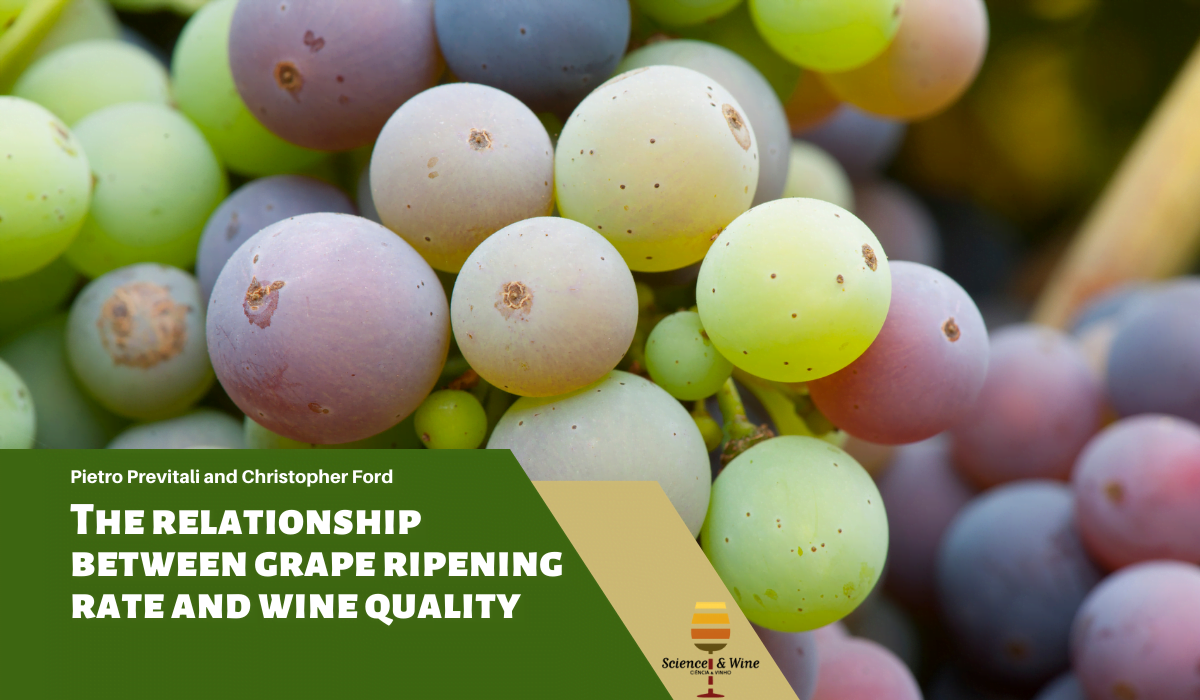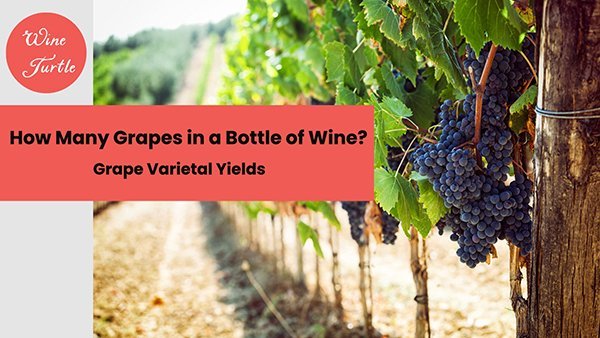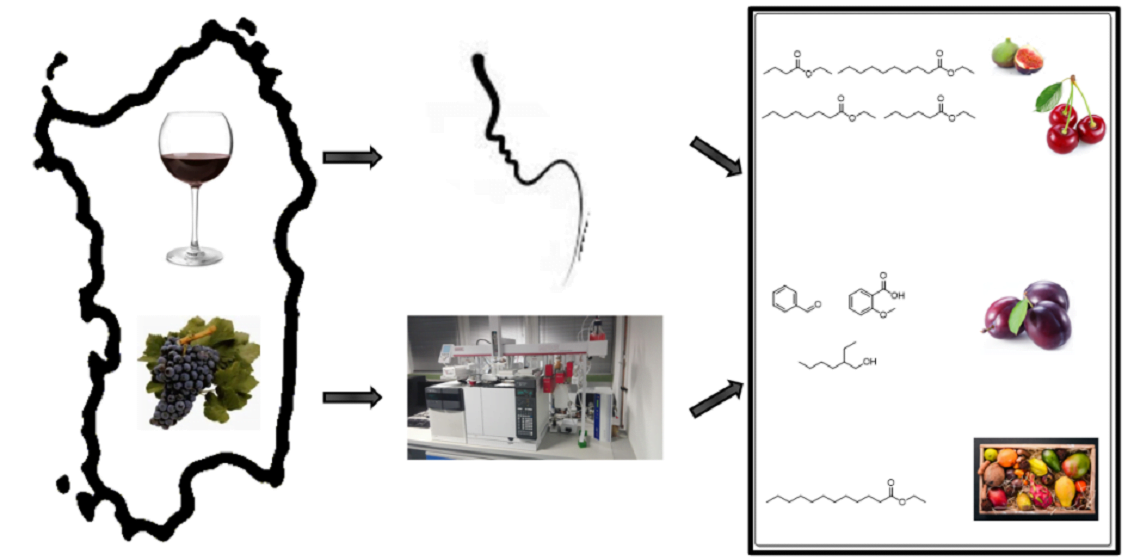Have you ever wondered how many grapes it takes to create that luscious bottle of wine you love so much? The answer lies in the fascinating world of the grape to wine ratio. This magical process is where the science behind extracting the utmost flavors and aromas from grape clusters transforms them into the beloved nectar known as wine. Join us on a delightful journey as we uncover the secrets behind this intricate balance and explore the artistry involved in transforming simple grapes into a magnificent bottle of wine.

Factors Affecting Grape to Wine Ratio
When it comes to the grape to wine ratio, several factors come into play to determine the quantity of grapes required to produce a bottle of wine. These factors include the grape variety, growing conditions, ripeness level, and harvesting methods. Each of these components can significantly impact the overall quality and character of the final product.
Grape Variety
The grape variety is one of the crucial factors influencing the grape to wine ratio. Different grape varieties have distinct characteristics and properties that can affect the yield and quality of the resulting wine. Some grape varieties, such as Cabernet Sauvignon or Chardonnay, are known for their flavor profiles and are often used to produce varietal wines.
Growing Conditions
The growing conditions in which the grapes are cultivated have a considerable impact on the grape to wine ratio. Factors such as the climate, soil type, sunlight, temperature, and water availability can affect the grape’s growth and development. Each grape variety has specific requirements for optimal growth, and meeting these conditions can enhance both the yield and quality of the grapes.
Ripeness Level
The ripeness level of the grapes plays a vital role in determining the grape to wine ratio. Winemakers carefully monitor the grapes to ensure they are harvested at the ideal ripeness. Underripe grapes may lack sufficient sugar content, while overripe grapes may have excessive sugar levels. The ripeness level directly affects the flavor, acidity, and overall balance of the wine.
Harvesting Methods
The harvesting methods employed can also influence the grape to wine ratio. Two common approaches are handpicking and mechanical harvesting. Handpicking involves meticulously selecting and harvesting the grapes by hand, allowing for greater control over the grape quality. Mechanical harvesting, on the other hand, utilizes machines to harvest the grapes efficiently but may result in a higher volume of grapes with potential variations in quality.
Grape Variety
Different Grape Varieties
There are numerous grape varieties grown worldwide, each contributing its unique characteristics to winemaking. Some popular red grape varieties include Cabernet Sauvignon, Merlot, Pinot Noir, and Syrah, while Chardonnay, Sauvignon Blanc, Riesling, and Gewürztraminer are well-known white grape varieties. Each variety brings its distinct flavors, aromas, and structural elements to the final wine.
Varietal Characteristics
Each grape variety has its own set of characteristics that affect the grape to wine ratio. Factors such as skin thickness, sugar content, acidity levels, and tannin presence differ among grape varieties. For example, grapes with thicker skins may result in more concentrated colors and flavors in the final wine. Winemakers consider these varietal characteristics when determining the appropriate grape to wine ratio.
Sugar Content and Acidity
The sugar content and acidity of the grapes significantly impact the flavor profile and quality of the wine. The sugar in the grapes is converted into alcohol during the fermentation process, while acidity provides freshness and balance. Winemakers closely monitor the sugar and acidity levels to achieve the desired balance, aiming for ripe grapes with optimal sugar content and acidity.

Growing Conditions
Climate
The climate in which grapes are grown is a crucial factor in determining the grape to wine ratio. Different grape varieties thrive in specific climatic conditions, such as cool climates for Pinot Noir or warm climates for Shiraz. Climate influences the grape’s physiological development, impacting its sugar accumulation, acidity levels, and overall flavor profile.
Soil Type
The soil type in which the grapes are grown also affects the grape to wine ratio. Different soil compositions, such as clay, loam, or sandy soils, provide various nutrient levels and drainage capacities. Certain grape varieties prefer specific soil types, as certain nutrient profiles can influence the grape’s growth and flavor development.
Sunlight and Temperature
Sunlight exposure and temperature play a critical role in grape maturation and sugar accumulation. Ample sunlight helps the grapes develop desirable flavors and colors, while temperature fluctuations can affect the grape’s acidity and ripeness. Winemakers carefully consider the optimum sunlight and temperature conditions to achieve the desired grape to wine ratio.
Water Availability
Water availability, whether through rainfall or irrigation systems, is essential for grapevine health and growth. Adequate water supply supports the grape’s physiological functions, ensuring proper sugar and flavor development. Insufficient water availability can lead to smaller grapes with lower sugar content, affecting the overall grape to wine ratio.
Ripeness Level
Determining Ripeness
Determining the optimal ripeness level of the grapes is crucial for achieving the desired grape to wine ratio. Winemakers use various techniques to assess ripeness, including sampling grape berries to measure sugar levels, assessing skin color changes, and monitoring acidity levels. By carefully analyzing these factors, winemakers can determine the ideal harvest time for maximum flavor and quality.
Effects of Ripeness on Wine Quality
The ripeness level of the grapes directly impacts the quality of the resulting wine. Underripe grapes may lack sufficient sugar content, leading to unbalanced wines with higher acidity. Overripe grapes, on the other hand, may result in wines lacking acidity and exhibiting jammy or overly sweet flavors. Achieving optimal ripeness ensures a harmonious balance between sugar, acidity, and flavor in the final wine.
Sugar to Alcohol Conversion
During the fermentation process, the sugar present in the grapes is converted into alcohol, impacting the grape to wine ratio. Riper grapes with higher sugar content will yield wines with higher alcohol levels. The winemaker’s control over the fermentation process is crucial to achieving the desired alcohol content and maintaining balance in the final wine.

Harvesting Methods
Handpicking vs Mechanical Harvesting
The choice between handpicking and mechanical harvesting can influence the grape to wine ratio. Handpicking involves labor-intensive manual selection, allowing for careful examination and collection of only the ripest grapes. This meticulous approach often results in higher-quality grapes, but it is time-consuming and costly. Mechanical harvesting is a quicker and more cost-effective approach, but it may include less overall grape quality control.
Selective Harvesting
Selective harvesting refers to the practice of choosing specific grape clusters or sections of the vineyard for harvesting. This method allows winemakers to focus on grapes with optimal ripeness and flavor development, further enhancing the grape to wine ratio. Selective harvesting ensures that only the highest-quality grapes enter the winemaking process.
Effects on Grape Quality
The harvesting method employed can significantly impact the quality of the grapes and, subsequently, the grape to wine ratio. Handpicking offers greater control over grape selection, minimizing the inclusion of damaged or underripe grapes. Mechanical harvesting may handle the grapes more roughly, potentially compromising their quality. The harvesting method chosen must consider the desired wine quality and its corresponding grape to wine ratio.
Timing of Harvest
The timing of grape harvest plays a crucial role in determining grape quality and, consequently, the grape to wine ratio. Harvesting too early may result in underripe grapes with insufficient sugar levels. Conversely, waiting too long may lead to overripe grapes with excessively high sugar content, affecting the wine’s balance. Determining the optimal harvest time requires continuous monitoring and experience on the part of the winemaker.
Grape to Wine Conversion Process
Once the grapes are harvested, they undergo a series of steps in the grape to wine conversion process. These steps involve crushing and destemming, fermentation, pomace and must, pressing and separation, and clarification and aging. Each stage contributes to the transformation of grapes into the final wine product.
Crushing and Destemming
Purpose
The crushing and destemming process breaks open the grape berries and separates the berries from their stems. This step is essential for extracting the juice and exposing the grape skins to the fermentation process. Crushing and destemming also help release desirable compounds from the grape skins, such as color pigments and tannins, which contribute to the wine’s flavor and structure.
Mechanical vs Manual Methods
Crushing and destemming can be performed using either mechanical or manual methods. Mechanical methods utilize machinery, such as crushers and stemmers, to efficiently process large quantities of grapes. Manual methods involve hand-operated tools and require more time and labor. Each method has its advantages and considerations, and winemakers select the most suitable approach based on factors such as batch size, grape quality, and desired style of wine.
Effect on Wine Quality
The crushing and destemming process can impact the overall wine quality. Gentle treatment of the grapes during crushing and destemming helps preserve the natural fruit flavors and aromas. Overly aggressive or rough handling may result in the extraction of harsher compounds from the grape skins, compromising the wine’s delicacy. Proper care and control during this stage contribute to a more balanced and high-quality final product.
Removal of Stems
The removal of stems during the crushing and destemming process is crucial for ensuring the desired grape to wine ratio. The stems can add unwanted astringency and bitterness to the wine if left in contact during fermentation. Proper separation of the stems from the grape berries allows for better control over the flavors and structural components extracted from the grape skins.

Fermentation
Introduction of Yeast
Fermentation is a natural process in winemaking where yeast converts the sugar in the grape juice into alcohol. The introduction of yeast, either naturally present on the grape skins or added as a commercial strain, initiates the fermentation process. Different yeast strains can affect the fermentation characteristics, resulting in variations in the grape to wine ratio and the wine’s overall flavor profile.
Sugar to Alcohol Conversion
During fermentation, the sugar in the grapes is metabolized by yeast, converting it into alcohol. The rate and extent of sugar to alcohol conversion depend on various factors, including yeast activity, temperature, and sugar concentration. Control over these factors allows winemakers to determine the alcohol content and residual sugar levels in the final wine, influencing the grape to wine ratio.
Temperature Control
Maintaining proper temperature control during fermentation is essential to ensure the successful conversion of sugar to alcohol. Different yeast strains have specific temperature preferences for optimal fermentation performance. Temperature influences the rate and character of fermentation, impacting the grape to wine ratio and contributing to the wine’s aromatic and structural qualities.
Duration and Technique
The duration of fermentation and the fermentation techniques employed can also affect the grape to wine ratio. Fermentation can last from several days to several weeks, depending on various factors such as grape variety, sugar content, and desired style of wine. Techniques such as punch-downs or pump-overs during fermentation help maximize color and flavor extraction, consequently influencing the grape to wine ratio and overall wine quality.
Pomace and Must
Definition
Pomace refers to the solid remains of the grapes after the juice has been extracted during crushing and destemming. Must, on the other hand, refers to the combination of grape juice, skins, seeds, and pulp obtained from the crushing process. Both pomace and must play important roles in the winemaking process, affecting the grape to wine ratio and contributing to the overall wine characteristics.
Components
Pomace and must consist of various components that can influence the grape to wine ratio. Grape skins contain color pigments, tannins, and aromatic compounds that contribute to the wine’s flavor, structure, and aroma. Seeds contain tannins and other compounds that can affect the wine’s mouthfeel and bitterness. Pulp and residual sugars in the must contribute to the wine’s sweetness and overall balance.
Use in Winemaking
Winemakers can utilize pomace and must in various ways throughout the winemaking process. Pomace can be distilled to produce grape-based spirits, such as grappa or pomace brandy. Must can undergo extended contact with the skins and seeds during fermentation, known as maceration, to extract additional flavors and structural elements. The use of pomace and must depends on winemakers’ preferences, desired wine style, and the grape variety being used.

Clarification and Aging
Use of Fining Agents
After fermentation, the wine often undergoes a clarification process to remove any remaining solids or undesirable compounds. Fining agents, such as bentonite or egg whites, are commonly used to facilitate the removal of these substances. Fining agents bind to the unwanted particles, making them easier to filter or settle out, resulting in a clearer wine and affecting the grape to wine ratio.
Filtration
Filtration is another method employed during clarification to remove any remaining solids and ensure the wine’s clarity. The wine is passed through various filter media, such as diatomaceous earth or cellulose pads, to remove particles that may cloud the wine. Filtration can help stabilize the wine and contribute to its overall visual appeal and quality, further influencing the grape to wine ratio.
Barrel Aging
Barrel aging refers to the process of aging wine in oak barrels for a certain period, allowing it to develop additional flavors and complexity. This aging method can significantly influence the grape to wine ratio by imparting flavors, aromas, and tannins from the oak. The type and age of the barrel, as well as the duration of aging, contribute to the overall wine profile and its perceived quality.
Bottle Aging
Some wines benefit from additional aging in the bottle after being bottled and sealed. This process allows the wine to further develop and integrate its flavors and structural components. Bottle aging can contribute to the overall quality and character of the wine, affecting the grape to wine ratio through the natural evolution of the wine’s flavor profile over time.
In conclusion, the grape to wine ratio is influenced by numerous factors, including grape variety, growing conditions, ripeness level, and harvesting methods. Each element plays a vital role in shaping the quality, flavor, and characteristics of the final wine product. Understanding these factors and their impact on the grape to wine ratio can provide valuable insights for winemakers and wine enthusiasts alike, enhancing their appreciation and enjoyment of the world of wines.



